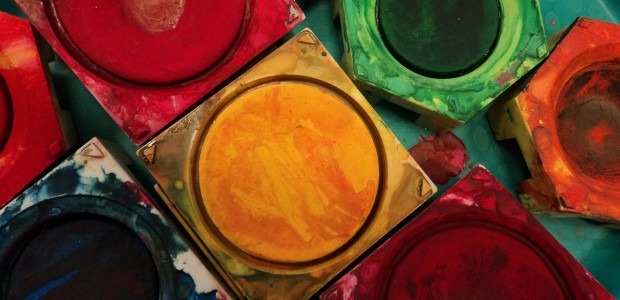Our Arts Therapists consider Art to be an expressive medium which can be explored, interpreted, created, deconstructed and re-created. The art which is created by the individual does not need to be a professional masterpiece, nor does it need to have any artistic skill in order to produce. We use a variety of media, from paints and pencils to sculpting clays, doughs and even computer imagery based applications. Pieces of ‘art’ can convey the innermost workings of the psyche or can tell a story which may be hard to convey verbally.
ITS will always provide an initial assessment for the client which incorporates building a case history, working with the client and where appropriate, the family, carers, MDT team and Case Manager involved with the client’s on-going input.
The assessment will address the client’s needs, how the therapist can work with the client to achieve goals and how those supporting the client can be supported themselves to help the client outside of the therapy space. ITS therapists regularly work with MDT colleagues and will liaise with other key professionals involved with the client, including MDT meetings, school/annual reviews and provision of timely reports in order to maintain an effective and communicative therapy package.
ITS adhere to the most up to date frameworks and guidance for best practice and utilise the information and guidelines provided by the governing bodies for the recommended therapy.
Considering existing research and evidence based practice, a large quantity of research for Art Therapy is based in adult and paediatric Cancer patients, however, this is shown to be efficacious. In their survey study, Favara- Scacco et al speak of the on-going support Art Therapy offers to not only the child but the family; ‘Children provided with AT from the first hospitalization exhibited collaborative behavior. They or their parents asked for AT when the intervention had to be repeated. Parents declared themselves better able to manage the painful procedures when AT was offered.
AT was shown to be a useful intervention that can prevent permanent trauma and support children and parents during intrusive interventions.’
Neurologically, creative activities engage the amygdala – the part of the brain which controls our emotions. Accessing our ‘emotional brain’ via art/creative media may allow for increased clarity and focus.
There is a definite need for further research into Art Therapy for Children and Young People with Mental Health disorders. ITS are mindful of this, we will always utilise internal/external frameworks to access current research and evidence based practice. ITS are committed to contributing single case studies to support future evidence base collection within the field.
Get in touch to work with us









